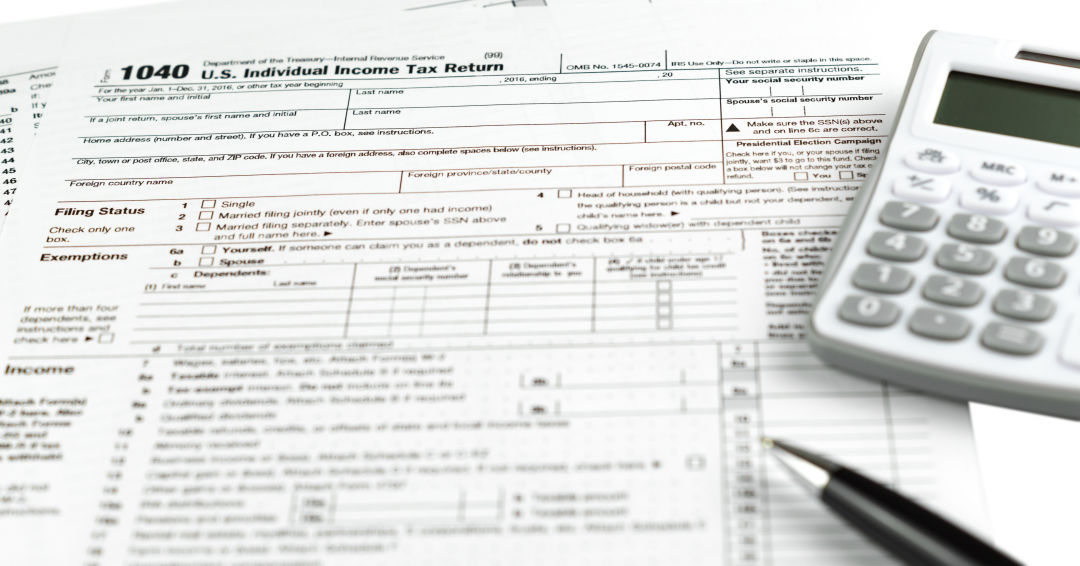How Will the Tax Code Changes Affect Oregon?

The Republican-backed tax plan signed into law December 22, 2017—officially, the Tax Cuts and Jobs Act of 2017—famously involved some mental gymnastics. To pass the Senate with a simple majority, the bill cannot increase the deficit 10 years from now—so the bill’s individual tax cuts gradually expire by 2027, which will leave many low- and middle-income Americans paying higher rates than they do right now.
“[Congressional leaders’] theory is that 10 years from now, lawmakers will find it politically suicidal to allow the personal income tax cuts to expire," says Daniel Hauser of the Oregon Center for Public Policy. "Whoever is in power then will have no choice but to renew them."
Here's a look at the numbers:
45%
Percentage of total tax cuts that will go to the richest 5% of Oregonians. 20% will go to the top 1%.
$5,240
Average tax cut for the top 1% of Oregonians as of 2027
$50–70
Estimated 2027 tax increase for the bottom 60% of Oregonians.
178,000
Estimated number of Oregonians who will lose health insurance by 2025, following the repeal of the Affordable Care Act’s individual mandate. Premiums are expected to rise about 10% each year over the next decade, according to the Congressional Budget Office.
94%
Percentage of Oregonians who had health insurance as of 2016, up from 85% in 2013. That number could fall again if the Medicaid expansion is eliminated due to budget deficits at the federal level.
53%
Percentage of bachelor’s degrees awarded by public universities in Oregon to students receiving a Federal Pell Grant—a program whose funding was slashed in the 2018 budget, which also cut K–12 federal funding by $2.3 billion.




